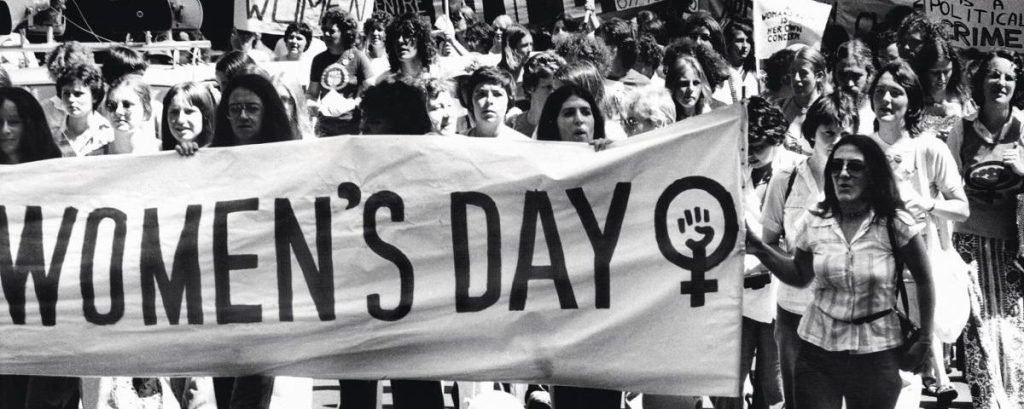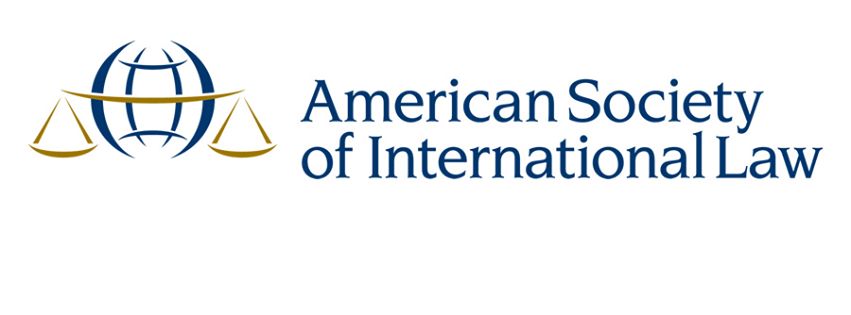After years of negotiations, Joe Biden and Justin Trudeau have come to an agreement on the expansion of the Third Safe Country Agreement (TSCA) between the United States and Canada to irregular entry points, on March 24th, 2023. This led to the closure of Roxham Road at midnight on the following day. To summarize the legal context, until then, if asylum seekers were to cross the land border between the US and Canada they would be returned to whichever of these two countries they were in first. That is, however, unless they entered the second State through irregular entry points, which were not included in the previous version of the TSCA, adopted in 2002.
The new version of the TSCA, which is not yet publicly available and from which all the details have not yet been unveiled, applies to all crossings, by land or internal waters, including, and this is what is new, those between the regular points of entry. On both sides of the border, this expansion of the TSCA seems to obey public pressure to stop irregular entries into the country. Because people entering irregularly were mainly coming from the US to Canada, Canada agreed to welcome an additional 15,000 migrants from the Western hemisphere, a very mysterious formula, on a humanitarian basis in the upcoming year, to compensate partially.
For me, there is no well-founded argument to support the expansion, and even the upholding of the TSCA, as well as the closure of Roxham Road (see migration law experts on the matter here, here and here). Note, in particular, the TSCA is currently under judicial review by the Supreme Court of Canada for its conformity with the Canadian Charter of Rights and Freedoms.
Even if it would not violate human rights of human seekers per se, there are no measures adopted by States that have ever stopped migration, even the highest and most-sophisticated wall. In addition to being costly for States, obstacles to migration re-locate migration to other borders or to other points of irregular entry, often more dangerous ones. Additionally, they reinforce organized crime at the border by increasing recourse to falsified documents and smugglers, thus increasing security concerns for migrants and at the border. Ultimately, obstacles to migration increase the number of undocumented migrants within the country. Indeed, even though some asylum seekers used to enter the Canadian territory through an irregular entry point such as Roxham Road, they were screened by the RCMP – including on security grounds – and entered the regular asylum system by depositing a demand for asylum as soon as they arrived. It won’t be the case now that Roxham Road is closed since they will enter via clandestine means or paths and will thus not be identified and screened upon entry.
Yet the narrative that brought the Canadian government to negotiate to expand the TSCA and close Roxham Road is strong and deeply rooted in the political and popular discourses. Indeed, there has been a torrent of political and editorial calls for the closure of Roxham Road in Canada (see, for example, the public letter of Quebec’s Prime Minister and the comparison of a crossing of Roxham board with an all-inclusive trip by a federal opposition party on its social media). In January 2023, there were 68% of the population in the province of Quebec in favour of closing Roxham Road.
To be fair, people in Quebec feeled that, because Roxham Road, the main irregular entry point between the US and Canada, is on their soil, they beared a disproportionate responsibility towards asylum seekers within Canada. If it may be true that Quebec used to bear an important part of the “burden” of asylum seekers in Canada, the mere repeal of the TSCA was a valid option; expanding it and closing Roxham Road cannot be the right solution.
In any case, the number of entries has to be nuanced; in 2022, only 40,000 persons have entered Canada through Roxham Road. In comparison, on the American continent, approximately 340,000 asylum seekers present themselves on the southern border of the United States each year. Brazil and Costa Rica have received more than 200,000 claims each in 2022, and Peru 537,000. There are currently, according to the UNHCR, 4.9 million asylum seekers worldwide.
Be it as it may, my aim here is not to focus on the federal disputes between Quebec and the rest of Canada regarding migration. Rather, I now wish to briefly explore what the massive popular and political mobilization against Roxham Road in the past few months tells us about the global perception of migrants. Indeed, mistrust towards migrants, refugees, and asylum seekers, and a tendency to border closure is not unique to Canada. New border walls are built every year in the hope of preventing migration; from six fences at the fall of the Berlin wall, this number has grown to somewhere between seventy and eighty, most of them erected after the turn of the millennium. This is without mentioning the various externalization practices of States, especially Western States, such as pushback, non-rescue of migrants at sea, offshore detention, abroad processing, etc. Economic, social, political, cultural and security considerations motivate such practices. Canada is no exception. But there is also, underlying these initiatives, a fundamental mistrust of humankind towards the «other», the «stranger», no matter how they have been defined throughout history.
More specifically, this strong tendency of fear towards the «other», the «stranger», has been reinforced after 9/11, through frequent equations between the “migrant” and the “terrorist”, even more so between the “refugee” and the “terrorist”. This has been vehiculated by populist parties and movements, by media, but also through international legal instruments (see, for example, UN Security Council Resolution 1373, para 2(c) and 3(f) and the 2006 UN Global Counter-Terrorism Strategy adopted by the General Assembly, para 2 and 7 of the second pillar (similar provisions still figure is the latest updated version of the UN Global Counter-Terrorism Strategy of 2021, see para. 32 and 38)). Yet the amalgam of terrorism with asylum seekers or refugees has never been supported by scientific data. Indeed, it cannot be demonstrated that the welcoming of refugees or asylum seekers puts a country at higher security risks, even in the case of massive displacements (which was not the case through the Roxham Road in Canada). Indeed, the sole correlation that has been established between refugees and terrorism is the increase of hate crimes by homegrown right-wing movements or individuals towards migrants in countries that welcome a high number of migrants.
Indeed, I find it very shocking that Quebec and Canada respectively pushed towards and adopted measures leading to the closure of Roxham Road. This obeys the popular favour, but counters all logic, where there should be a public responsibility to educate and inform the population. Such a political decision not only goes counter to reasonable thinking (let’s not forget, if it needs to be added, that Canada is under a severe labour shortage, with more than one million vacant positions in Canada, this currently being the most severe challenge for businesses in the country) but contradicts also the most elementary considerations of humanity. It must be kept in mind, indeed, that contrarily to the widespread belief, asylum seekers who used to cross through Roxham Road were not coming for vacations nor to benefit from our public services, but were fleeing for their lives, security, liberty and most fundamental human rights, leaving everything they love, as well as friends and part of their families behind. This was everything but an easy journey, and, even for those who were to be granted asylum, it was very far from being finished when they entered Canada.



 working women’s rights.
working women’s rights.